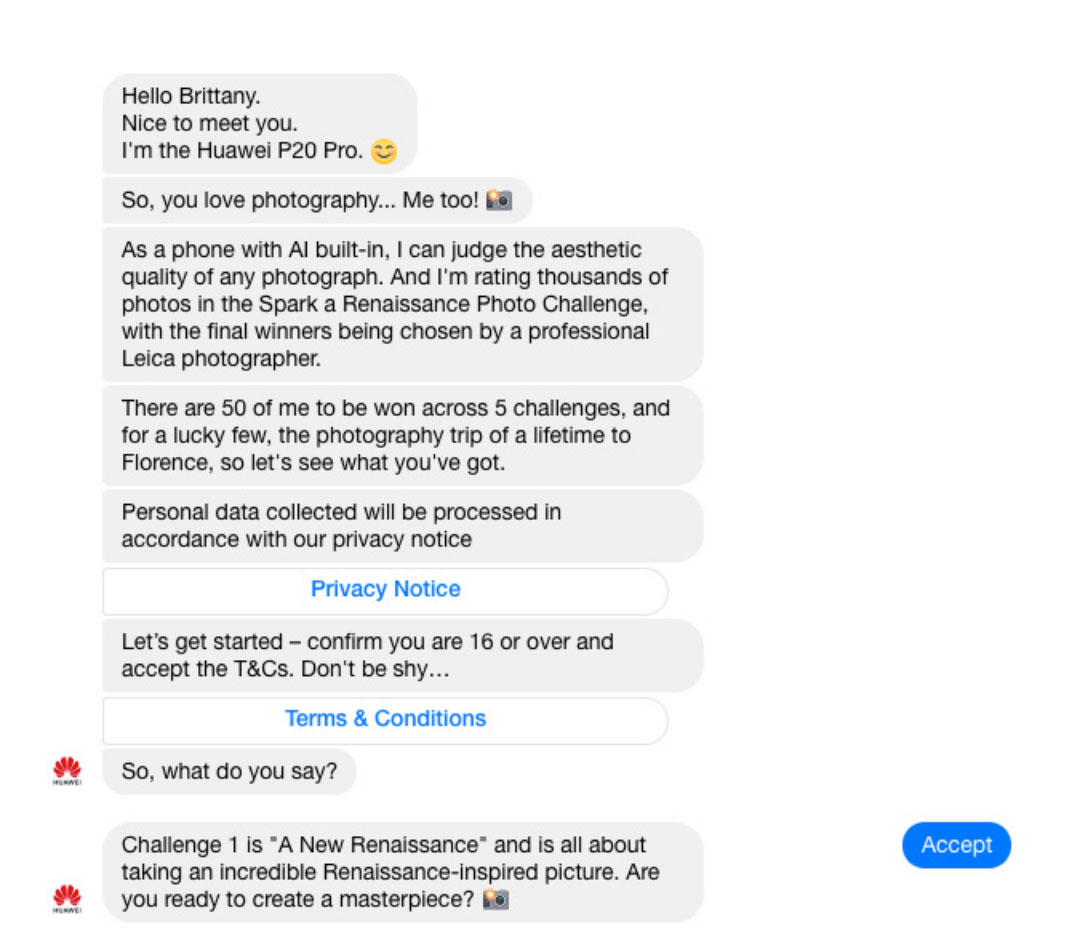Chatbots might seem like the solution to your businesses’ customer service woes, but there are still plenty of pitfalls that you need to overcome to ensure a positive customer experience and a successful conclusion. Here are five tips to ensure a better customer support bot.
1. Don’t Be Obtuse
Here’s Mildred, Lufthansa’s chatbot and sales agent on one of her bad days. The bot launches easily enough in Facebook Messenger and she asks if you want to talk in German or English. But any attempt at conversation after that produces a string of errors and no real advice or clarity.
Based on her limited options, users seem to be doing the right thing. So, it is a bot problem, a back-end problem or something else? If the bot isn’t working at all, then it should be taken offline to prevent grumpy customers. If there’s a specific error then the bot should say ‘I can’t do this right now, but I can still help with so and so.’ Rather than leaving users confused.
All in all, it doesn’t take much to turn this example into a better experience, and, as bots grow in scope and access other services, a simple check will allow them to at least inform the customer what’s available. If the bot can’t fulfill its primary purpose, it really shouldn’t be online at all, or should give users a list of other communication options.
Takeway: Plan decisions like these into your bot operations guide or manual to prevent customers from having a poor experience.
2. Ensure Trust and Security Are On Display
New users to bots are concerned about trust issues, especially given Facebook’s historical abuse of data and hackers’ abilities to steal data from endless business and online services. Always be prepared to take the time to show customers a page about how security is managed, tell them what happens (in plain English) to the text of their chat and any data that is collected.
GDPR rules should be followed anyway, but also highlight encryption and where data is stored to ensure that people feel safe talking to your chatbot. Have specific responses to questions like ‘Are you safe to talk to?’ and so on, to encourage trust among concerned users.

July 2018: A Huawei competition chatbot that uses AI to judge photos and, sensibly, provides links to all the details up front.
Takeaway: While you might feel confident with your bot, plenty of users will have concerns that need and deserve to be addressed.
3. Ensure the Bot Talks Your Customers’ Language
Companies talk in a particular way, from the heavy jargon of enterprises to a barrage of acronyms for anything medical. When talking to a particular type of customer, ensure the bot speaks their language. Therefore, a business that sells to the trade might have one bot that deals with trade accounts, while one that handles queries from the general public needs a different style of language and a tone of voice. Be prepared to adopt your bots to meet different needs.
Many hotels split their customers in to business travellers and tourists and they will find that one bot will be stretched in different directions by a wide range of queries. In this case, it is simpler to ask if the customer is a travelling for work or pleasure, before presenting the most likely range of options.
Takeaway: Whatever your business, make sure the bot is friendly and welcoming, before diving into the detail of their request with an appropriate tone and suitable questions.
4. Set Your Bot Up For Success
Bots should help the business manage its pressing issues and in providing the customer with an easier solution to dealing with a problem. Focus on those two issues when designing the bot, and monitor the success of each facet in action.
Don’t be afraid to change a bot to make it work better and just because it isn’t a roaring success on launch, don’t give it up as a bad idea. As with any new technology or feature, it will take a while for users to adopt it and see the benefits.
How ChatBots with Automated Speech Recognition Improves Customer Servicehttps://t.co/N6ujyxjZBu#tech #AI #CustomerService #speechrecognition pic.twitter.com/VCdvD4wgO3
— SnatchBot (@snatch_bot) October 10, 2018
Takeaway: Get plenty of customer testing in before launch to find out if the bot addresses their needs as well as the business.
5. Don’t Be Afraid to Add Personality
After getting all of the above right, a chatbot provides a different angle on customer communications and the business shouldn’t be afraid of having a little chat, banter or providing other useful references during a conversation.
Be flamboyant when saying hello and goodbye to make the conversation more memorable. Add little comments that jolly the conversation along like ‘almost there, thanks for your patience’ and so on to break up longer conversations. Emojis have been proven to provide a better user experience. While brands might have more leeway with chatbots, any business can show off its lighter side when it comes to a conversation.
Takeaway: Every company has someone who is naturally chatty or has the gift of the gab, get their input on a formal-sounding bot to make it more natural and enjoyable to use.
